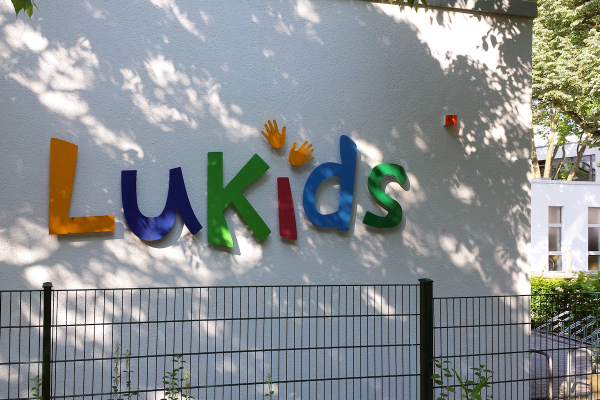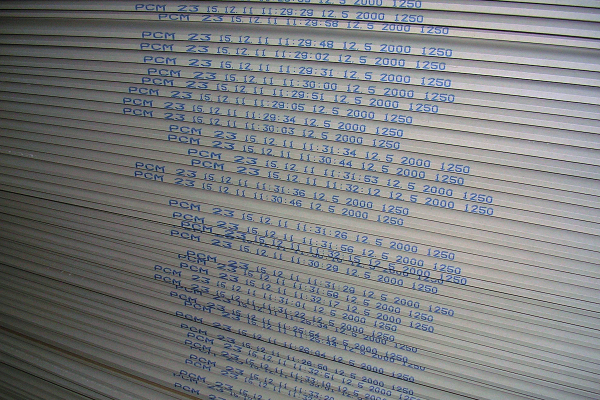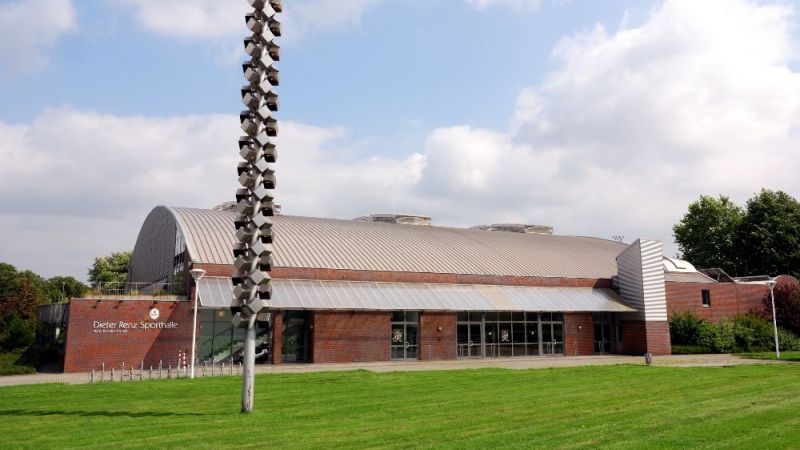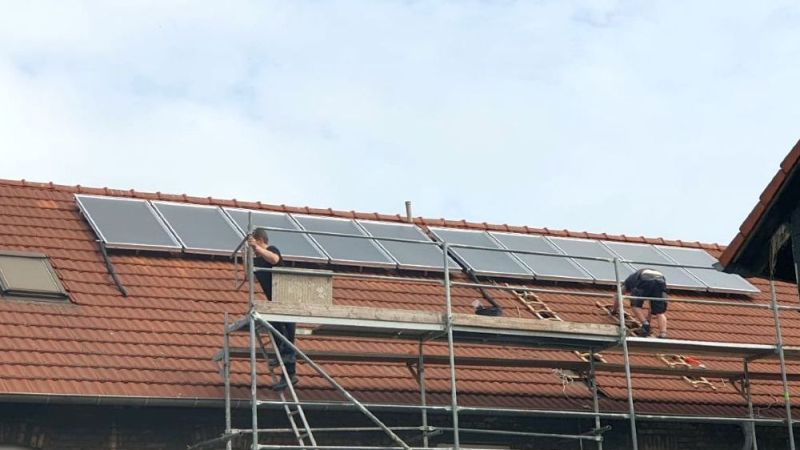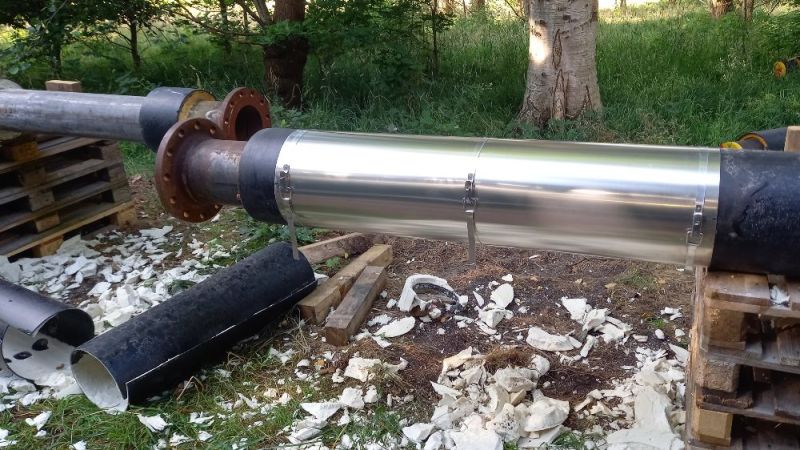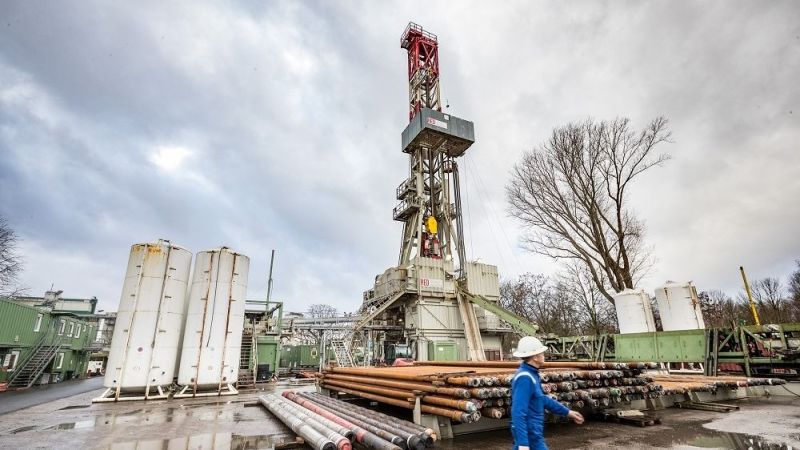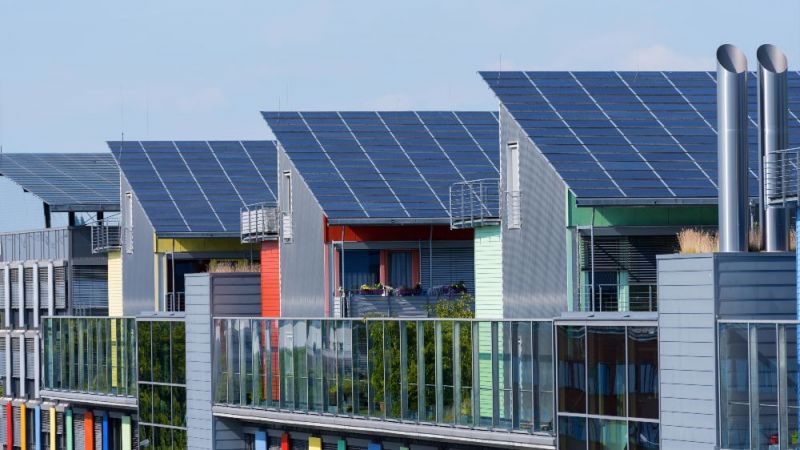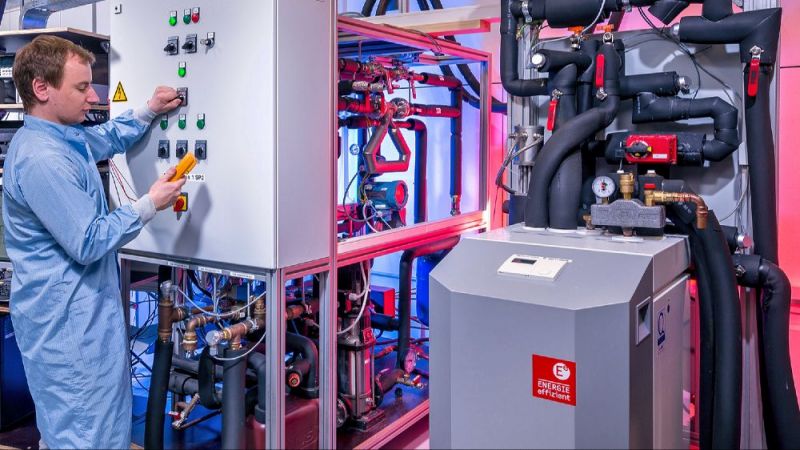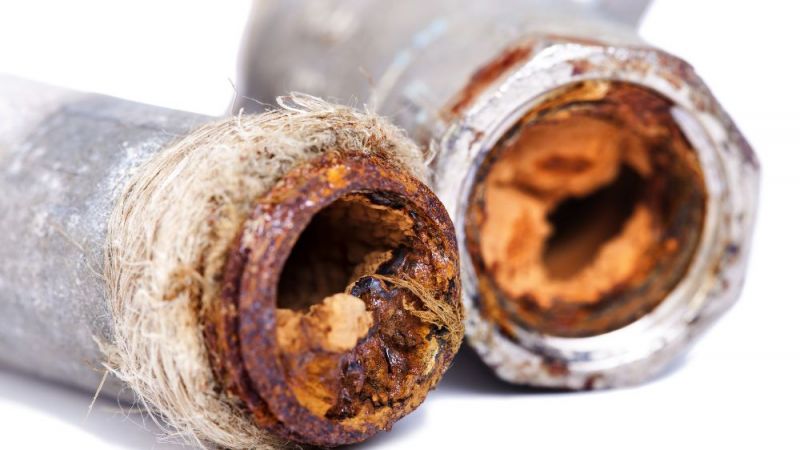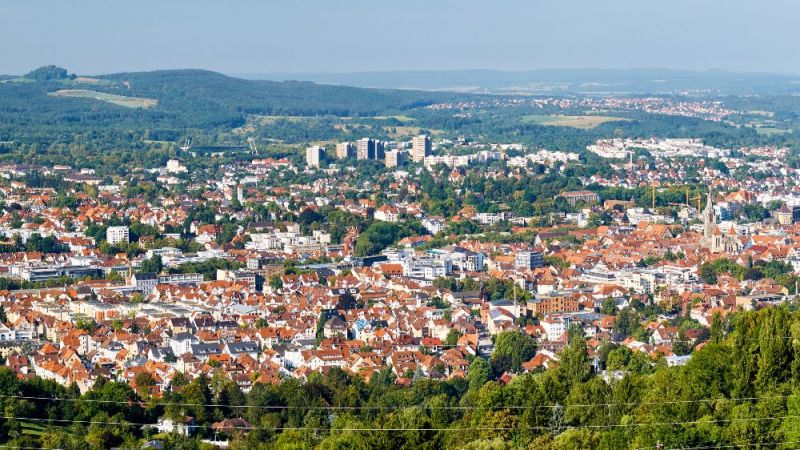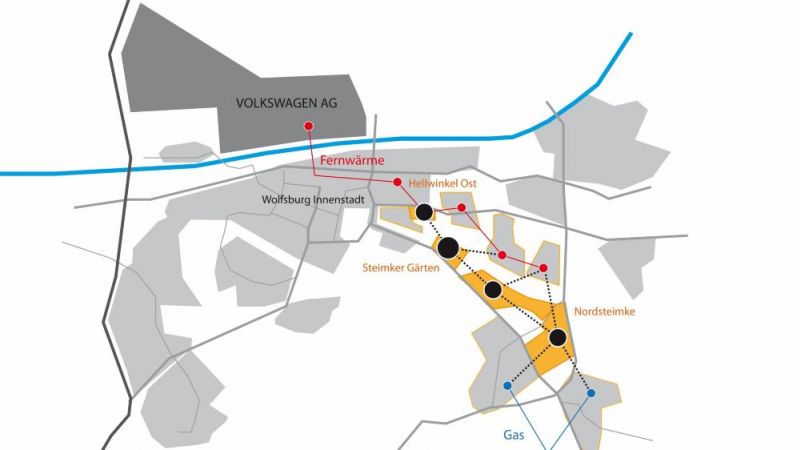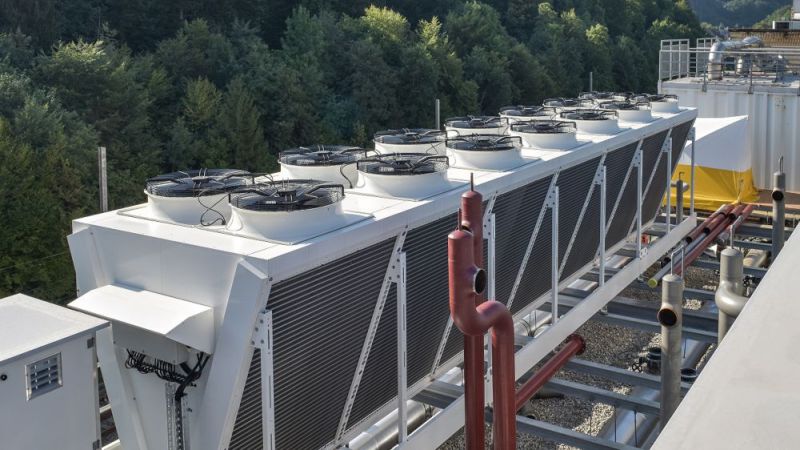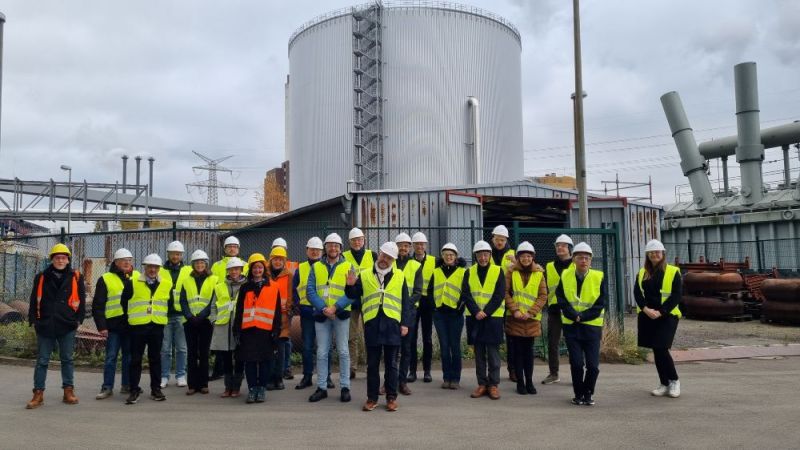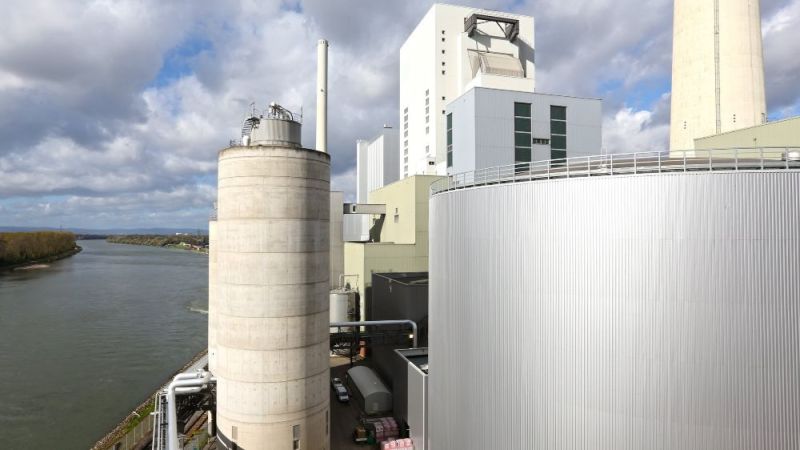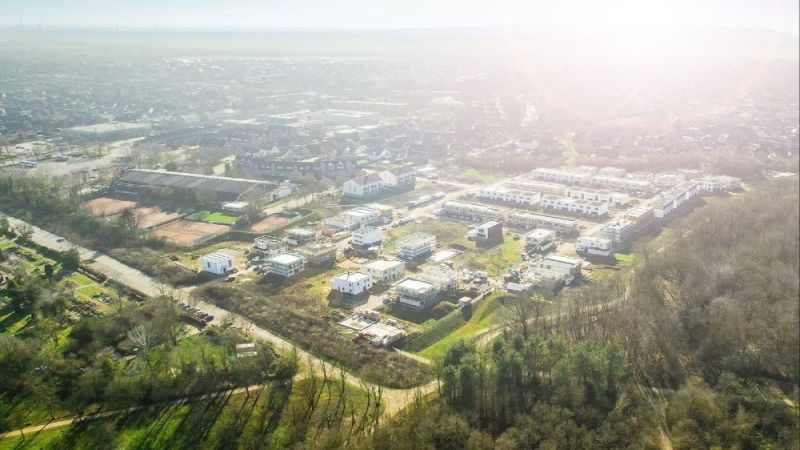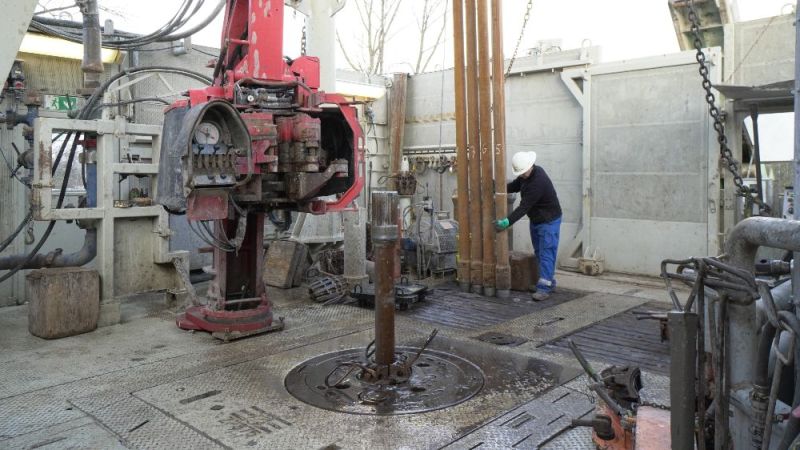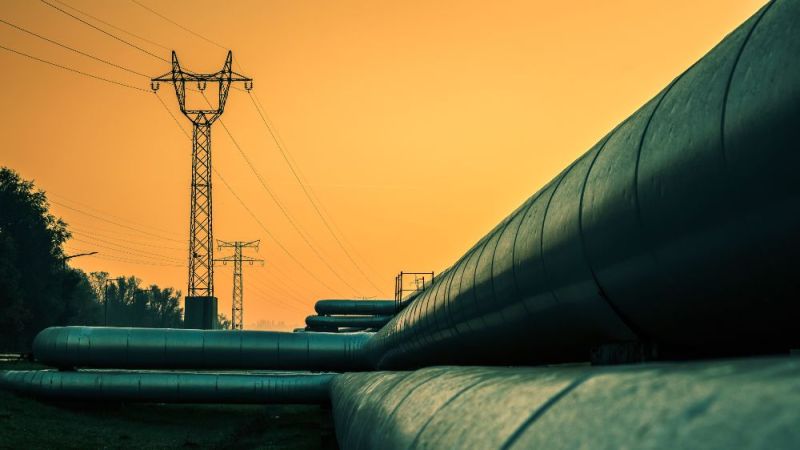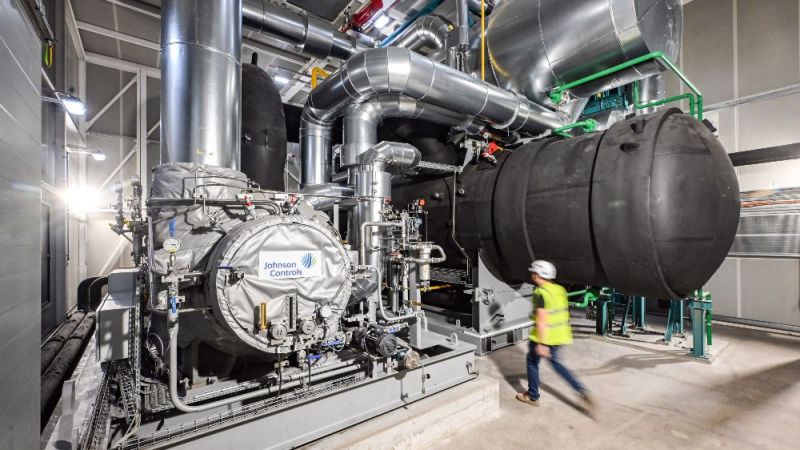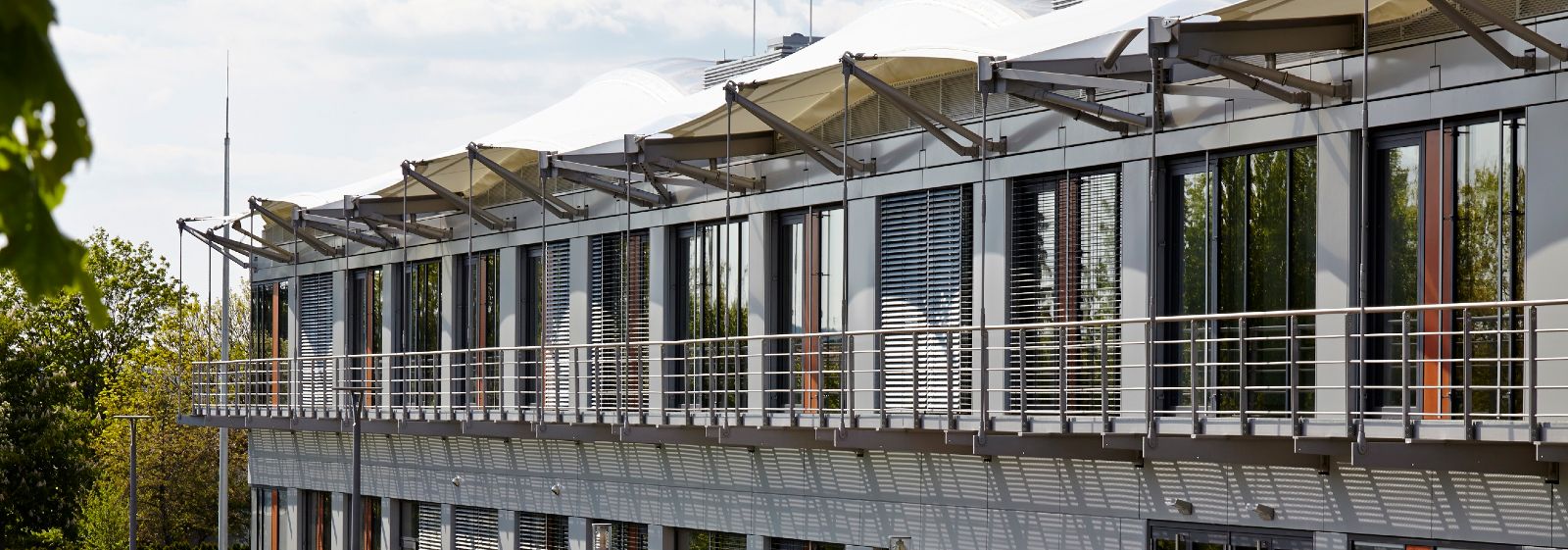
Phase change materials in buildings
Performance of surface cooling systems with PCMs
Phase change materials (PCMs) are only used sporadically in construction, although various products and systems have been available on the market for several years now. The PCM Demo II research project therefore intends to test and scientifically evaluate the practicality of PCMs in buildings. A sub-project is focussing on PCMs in surface cooling systems. For this purpose, such systems are being incorporated in commonly used buildings and their performance investigated more precisely.
Research has been conducted on phase change materials (PCMs) for use in buildings for many years. They can help improve the indoor comfort or the efficiency of ventilation, air conditioning and heating systems. Different applications were tested and evaluated from 2006 to 2009 as part of an initial, broad-based EnOB research project. Since then, various products and systems with PCMs have become available on the building market but are only used sporadically.
With this research project, the practicality of the products and systems available on the market is now being tested and scientifically evaluated. For this purpose, the systems are being installed in commonly used buildings and their performance investigated.
The following systems are being used:
- PCMs in surface cooling systems for non-residential buildings
- PCMs in ventilation systems for non-residential buildings
- PCMs for thermal storage systems for space and domestic hot water heating
This sub-project described below is concerned with PCMs in surface cooling systems. Phase change materials can be used for passive and active surface cooling systems. Following a warm period, passive systems "discharge" by themselves as a result of the temperature differences to the environment, whereby the heat is dissipated through convection and radiation. An example of this is provided by so-called Comfortboards. Active systems also have cooling fluids flowing through them and can be discharged in a targeted and quick manner. In addition, the cooling effect of the systems can be specifically increased in the short term during periods with high heat inputs. An example of this is provided by PCM cooling ceilings.
The aim of this research is to establish long-term monitoring for PCM surface cooling systems in a series of reference projects in order to be able to evaluate scientifically reliable measurement data. This is intended to create the prerequisites for an objective assessment of the systems and demonstrate suitable application scenarios.
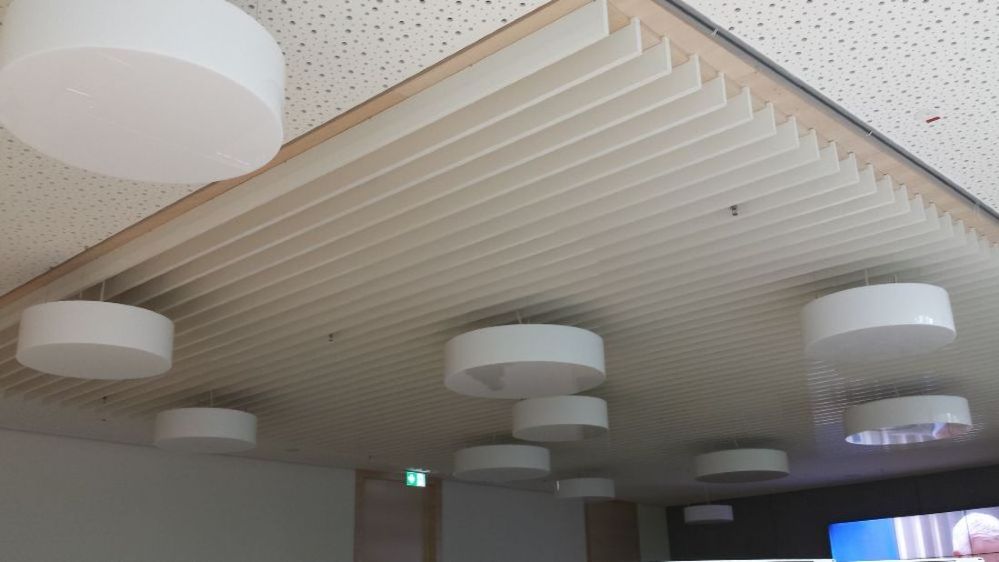
Research focus
The focus of the sub-project is on investigating PCMs in surface cooling systems for space cooling by convection and radiation. Based on the measurement data, reliable system parameters will be identified and the energy savings potential of such systems investigated.
Within the project, Comfortboards in a kindergarten and a PCM cooling ceiling system in training classrooms are being investigated. The Comfortboards have already been used in several projects. The special aspect about this project is that two identical rooms are available, whereby one room is furnished with a PCM system and the other one is without a PCM system, thus allowing a direct comparison.
Following the commissioning of the measurement technology, both PCM systems will be monitored over a longer period. This monitoring will be divided into two sections: Firstly, the measurements will be carried out under real usage conditions. Measurement data will then be collected under defined conditions without user influence, such as for example at weekends. The latter enables the determination of system characteristics, while the former is used to record user behaviour, system performance and user acceptance.
Application
Various products and systems have been available on the market for several years now, including the following systems investigated in the research project:
- Comfortboards: These gypsum plasterboards from the Knauf manufacturing company contain micro-encapsulated paraffin and can be handled like conventional gypsum plasterboards.
- PCM cooling ceiling: This cooling ceiling from the Krantz manufacturing company consists of PCM-filled, vertically suspended extruded aluminium profiles that are positively connected to cooling pipe elements. The vertical alignment of the profiles increases the surface of the cooling ceiling that can be used for convective cooling. In this way, the cooling ceiling can provide cooling energy entirely passively via the PCM (standard mode) or can also have additional cold water flowing through it at peak load times. Cold water generally actively flows through the PCM at night to regenerate it.
22.11.2021
Begleitforschung und Monitoring
Fraunhofer-Institut für Solare Energiesysteme ISE
http://www.ise.fraunhofer.de
info@ise.fraunhofer.de
Tel.: +49(0)761-4588-0


